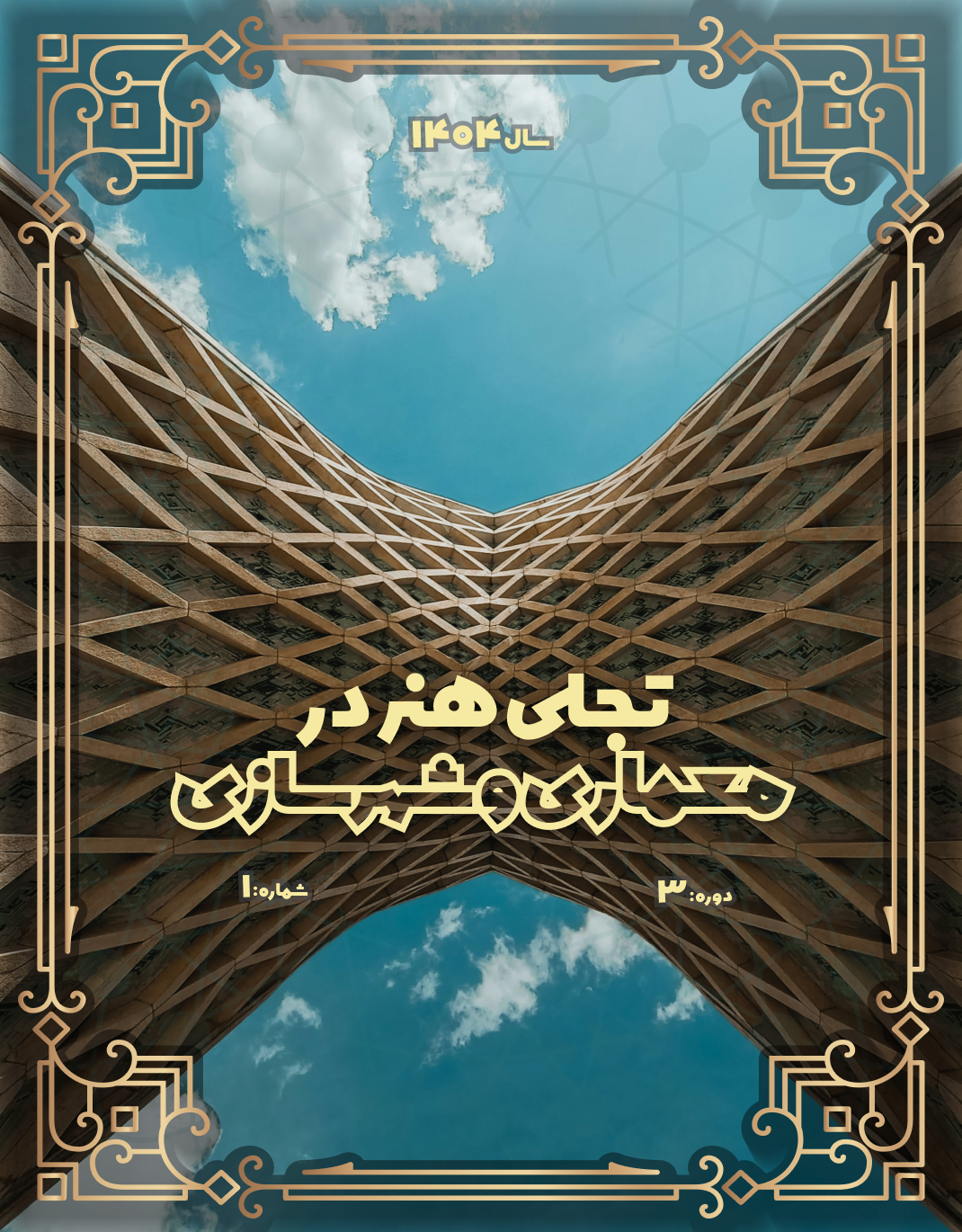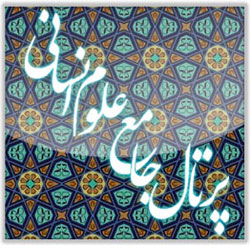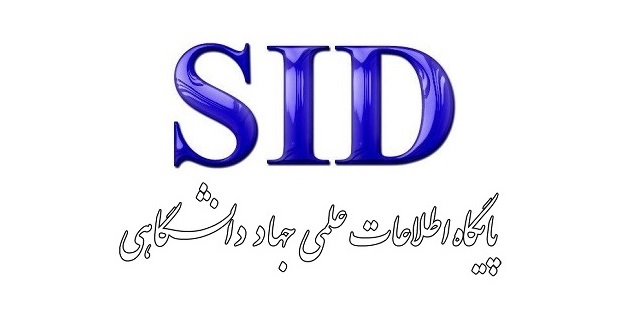تطبیق کارکرد «حریم» در معماری سنتی ایران با مفهوم «ابهام» و «پنهانکاری» در هنر اسلامی: رهیافتی دیالکتیکی و نشانهشناختی
کلمات کلیدی:
حریم فضایی, ابهام, زیباییشناسی دیالکتیکی, معماری سنتی ایران, هنر اسلامی, نشانهشناسی فضاچکیده
مفهوم حریم به مثابهی ساختاری فضایی و معنایی، یکی از بنیادیترین عناصر در معماری سنتی ایران است که فراتر از مرزهای کالبدی، کارکردی عمیق در هدایت تجربهی زیباشناختی، معنوی و اجتماعی ساکنان و مخاطبان ایفا میکند. از سوی دیگر، ابهام و پنهانکاری (یا تعمّد در ناپیدایی) در هنر اسلامی، به ویژه در نگارگری، خوشنویسی، معماری و آرایههای تزئینی، سازوکاری بنیادین برای دعوت مخاطب به مشارکت فعال در کشف و تفسیر اثر هنری محسوب میشود. پژوهش حاضر به بررسی تطبیقی میان کارکرد «حریم» در معماری سنتی ایران و سازوکار «ابهام» و «پنهانکاری» در هنر اسلامی میپردازد. با بهرهگیری از چارچوب زیباییشناسی دیالکتیکی (آدورنو) و نشانهشناسی فضا (اکو، بارت)، مطالعهی کیفی نمونههای موردی چهارگانه انجام شد: خانه بروجردیها، مسجد شیخ لطفالله، آرامگاه شاه نعمتالله ولی و باغ فین. یافتهها نشان داد که در هر دو نظام زیباییشناختی، ابهام و حریم به عنوان سازوکارهایی برای هدایت تجربهی معنوی و ادراکی مخاطب عمل میکنند. در معماری، حریمها از طریق سلسلهمراتب فضایی و تأخیر در مکاشفهی بصری، تجربهای تدریجی و دیالکتیکی خلق میکنند. در هنر اسلامی، ابهام از راه حذف مرکز معنایی و بازی نشانههای بصری، مخاطب را به مشارکت در فرآیند تفسیر دعوت میکند. نتایج تحلیل تطبیقی نشان میدهد که این سازوکارها بازتاب جهانبینی اسلامی دربارهی نسبت انسان با معنا و امر قدسی هستند؛ جهانی که معنا را نه در قطعیت بلکه در حرکت میان حضور و غیبت میجوید. بر اساس این یافتهها، بازخوانی این اصول میتواند الهامبخش طراحی فضاها و آثار هنری معاصر با عمق معنوی و زیباییشناختی بیشتر باشد. نتایج پژوهش حاکی از آن است که این سازوکارها نه صرفاً برآمده از ضرورتهای عملکردی، بلکه انعکاس جهانبینی اسلامی-ایرانی در باب نسبت انسان با امر غایب، راز و معنا هستند؛ جهانی که حضور را در دل غیبت میجوید و معنا را در متن ناپیداگی میآفریند.
دانلودها
مراجع
1. Shiripour A. Revelatory spatial hierarchies and audience experience. Iranian Architectural Research Journal. 2023.
2. Zarei M, Naderi S, Mohseni A. The role of space and time in the spiritual experience of the traditional Iranian house. Architecture and Society Quarterly. 2021.
3. Kiaei M. Semantic ambiguity in Islamic miniature painting. Art and Meaning Journal. 2022.
4. Azmoonfar P. Visual ambiguity and participatory interpretation in Islamic architectural art. Islamic Art Studies Quarterly. 2024.
5. Naseri H. Spatial semiotics in traditional Iranian architecture. Semiotics Journal. 2021.
6. Ardalan N, Bakhtiar L. The sense of unity: The Sufi tradition in Persian architecture: Elm-e Memar; 2011.
7. Bolkhari Ghahi H. Mystical foundations of Islamic art and architecture: Soureh Mehr; 2011.
8. Noghrekar A. Theoretical foundations of architecture: Payame Noor University Press; 2015.
9. Shafiei R, Yekta A. Interpretive ḥarīm: Meaning and the unseen in traditional spatial foundations. Islamic Art Philosophy Quarterly. 2023.
10. Grabar O. The Formation of Islamic Art: Yale University Press; 1983.
11. Mojabi F. Dialectics and ambiguity: Adorno’s aesthetics in contemporary Iranian art. Journal of Aesthetic Theory. 2020;22(1):77-94.
12. Adorno T. Aesthetic Theory: Continuum; 1997.
13. Barthes R. Image-Music-Text: Fontana Press; 1977.
14. Eco U. A Theory of Semiotics: Indiana University Press; 1976.
دانلود
چاپ شده
ارسال
بازنگری
پذیرش
شماره
نوع مقاله
مجوز
حق نشر 2025 نیره السادات مبینی پور, عفت محمدی (نویسنده)

این پروژه تحت مجوز بین المللی Creative Commons Attribution-NonCommercial 4.0 می باشد.










